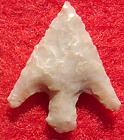Name Details:
Named By: Robert H. Crabtree (type A) / Ernest "Skip" Lohse
(re-defined)
Named For: Type Site
Date Identified: 1960 / 1985
Type Site: Rabbit Island Site (45-BN-15), Benton County, Washington
Rabbit Island
Cluster:
Commonly Utilized Material:
Date:
Cultural Period:
Glacial Period:
Culture:
2,500 - 700 B.P.
Developmental
Medieval Time
Outline is Representative of Common Size and Shape:
Description of Physical Characteristics and Flaking Pattern:
This is a thin small to medium triangular contracting stem point with a flattened cross section. The blade may range from excurvate to recurvate, curving in at the tip and
flaring out at the shoulders. The shoulders range from having an upward angle to being barbed. The
stem is usually slightly contracting, but may vary to straight. The base is convex. This is a
well made point with a random flaking
pattern.
Size Measurements: Total Length - 22 to 51 mm,
Stem Length - 3 to 7 mm, Blade Width - 13 to 24 mm (14 to 16
mm average), Stem Width - 3 to 7 mm, Thickness - 3 to 5 mm
Distribution:
Distribution Comments:
This point is associated with the lower to
middle Columbia River Valley of Washington and Oregon. This point has been reported into north-western Idaho and into British Columbia
within the upper Columbia River Basin.
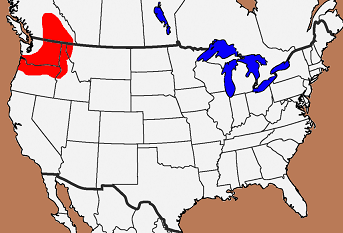
Similar Points:
Alkali, Columbia Plateau, Coquille, Gatecliff, Hartstene Island, Klickitat, Pender Canal, Rose Springs, Salish Stemmed, Sauvies Island, Wallula Additional Comments:
Two types have been identified:
Type A (Nespelem Bar) (4,400
to 2,500 B.P.): Thin triangular dart form with shoulders are horizontal to having an upward angle and a straight to contracting stem. Serrated blade is common.
Type B (Rabbit Island) (2,500 - 1,500 B.P.): Smaller thin arrow point with straight
to incurvate blade which is commonly serrated. The shoulders range from
horizontal to barbed with a contracting stem and convex base.
Both of these types were included in the Rabbit Island type as defined by
Crabtree. Loshe re-define this type in 1985 separating the older
triangular darts (Type A) and the newer stemmed arrow points. He
re-named the Type A points to Nespelem Bar and left the Type B points as
Rabbit Island points.
Gregory Perino (Vol 1) discussed Rabbit Island like points dating 1,000 - 200 B.P. which are thinner finer points, but it is felt that these points may be a late Columbia Plateau variant (Heath, 2003). Other points in this Cluster:
Point Validity: Valid Type
Crabtree was served in many professional roles including Director of Archeology and Archaeological, Incorporated in California and Archaeologist for the BLM in Battle Mountain, Nevada.
Lohse is an anthropologist and professor for the Department of Anthropology, Idaho State University. He has conducted extensive studies into the archaeology throughout Idaho and the Columbia Plateau. This
type was name din a professional publication and is considered a valid type.
Age Details:
This type is associated with the Quilomene Bar to Late Riverine Phase.
References: (See Reference Page, Entry Number):
23, 30, 50, 174
Rabbit Island Projectile Point, Rabbit Island Arrowhead


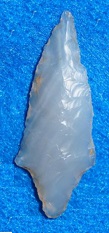
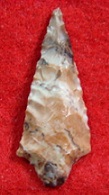
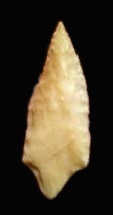
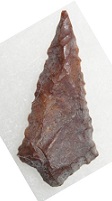
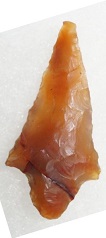

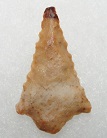

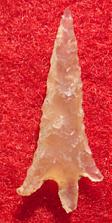
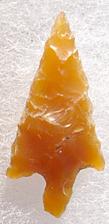
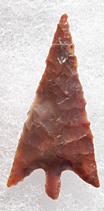



.jpg)


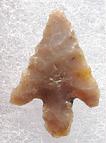
.jpg)
